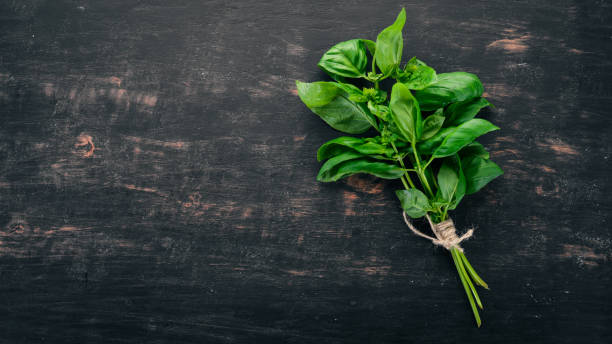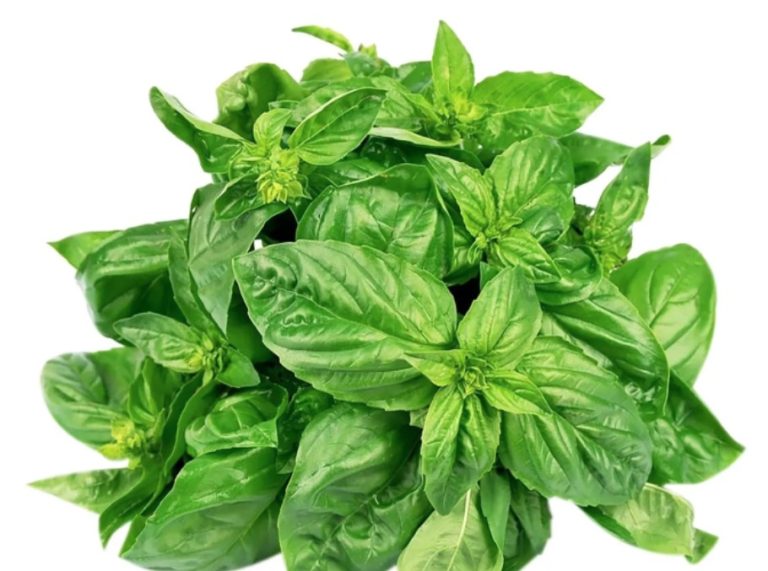Do you know that? No matter how hard you try: After a week at the latest, the basil you bought in the pot will lose its leaves. Many people suspect that the soil in the pots is loaded with microbes or fungi that will kill the seedling. But is that true?
It doesn’t matter whether you place it in the sun or in the shade, water it devotedly, or neglect it affectionately – after a week the basil plant you have bought is a case for the compost heap.
For the next Caprese salad, you have to go back to the supermarket and get a new potty. An effect that the supermarket operators shouldn’t mind – but what about the rumor that the shelf life of basil is intentionally limited?

A team of reporters from SWR commissioned an independent test laboratory to analyze soil samples from various pots bought in the supermarket. The result: No conspicuous values that indicate targeted manipulation. But one thing is certain: the basil that we buy in the supermarket often has a long and often arduous journey behind it. The plant also takes with it the stay in the cold store, so that it quickly lets the leaves hang on the windowsill at home.
This keeps your basil fresh for a long time
More room
Carefully divide the basil plant into three parts and plant each in its own pot. This way, each plant gets more light and nutrients.
Lots of light
Basil is a plant native to the Mediterranean region. Therefore, she needs light and the sun to thrive. A place in the darkest corner of the kitchen (e.g. on the worktop) is therefore extremely unsuitable for the delicate plant.
The right amount of water
If the plant lets its leaves droop, it often simply has too little water. But falling into action and soaking the soil quickly turns out to be a mistake: when waterlogged, the plant is quickly attacked by gray mold. You can recognize this by the brownish-grey spots on the stems and leaves.

As a rule of thumb: water the pot with an amount of water that corresponds to about one-tenth of the pot’s volume every day. So your basil plant is optimally supplied with water without it starting to rot.
Harvest right
If only individual leaves are plucked off, your basil plant will soon look pretty torn. Therefore, always snip off a complete stalk directly above the leaf axis. This allows the side shoots to continue growing and the plant stays alive longer.










